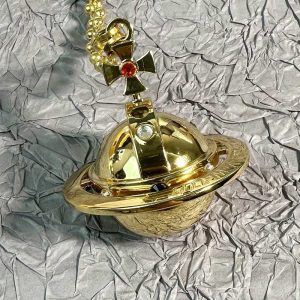-
×
Silver NANA Lighter
1 × $99.00 -
×
Gold NANA Lighter
1 × $99.00 -
×
KEEP ONE, GIFT ONE
1 × $179.00 -
×
Silver & Gold Premium Kit
1 × $179.00
Blog
Is There a Happy Ending in NANA? Debating the Anime’s Conclusion
Is There a Happy Ending in NANA? Debating the Anime’s Conclusion
The anime NANA, based on the manga by Ai Yazawa, has captivated audiences since its release, primarily due to its rich character development, intricate relationships, and emotional depth. However, one of the most contentious topics among fans is its conclusion and whether it can be classified as a “happy ending.” To explore this question, we must first define what constitutes a happy ending, then analyze the series’ ambiguous conclusion, and finally delve into the characters’ growth as a form of resolution.
Defining “Happy Ending”
A “happy ending” is typically characterized by the resolution of conflicts, fulfillment of desires, and a sense of closure that leaves characters and audiences with a feeling of comfort and satisfaction. In many stories, this involves romantic unions, personal achievements, or a restored status quo. However, it’s important to consider that “happiness” can be multifaceted and subjective. While some viewers may seek a clear romantic resolution, others may find fulfillment in personal growth and the development of character arcs, even if traditional narrative happiness is absent.
NANA’s Gray Ending
NANA concludes on a decidedly ambiguous note, leaving many storylines unresolved and hinting at more struggles for the characters. The two titular characters, Nana Komatsu (Hachi) and Nana Osaki, undergo significant trials throughout their journeys. The series ends with the two Nanas separated, with Hachi raising her children in a manner that reflects her growth but also hints at unresolved tension with her past relationships, particularly with Takumi and Nana Osaki.
This gray conclusion is emblematic of real life, where resolutions are not clean-cut. Instead of tying everything together in a conventional happy ending, Yazawa presents an open-ended finale that resonates with viewers who appreciate realism, showcasing the notion that life often doesn’t adhere to fairy-tale patterns. For many fans, this complexity and uncertainty evoke a rich emotional response, though for others, it leaves a sense of dissatisfaction.
Character Growth as a Form of Resolution
While the traditional idea of a happy ending may not apply to NANA, the characters, particularly Hachi and Ren, display significant personal growth that can be acknowledged as a rewarding aspect of their journeys.
Hachi, who begins as a somewhat naïve and dependent character, gradually evolves into a more independent woman. Her experiences lead her to understand her priorities and develop her sense of identity, particularly as she learns to navigate the complexities of motherhood and relationships. By the end, Hachi’s journey involves not just the pursuit of happiness through love but also through self-acceptance and responsibility—qualities that define a more mature and nuanced understanding of fulfillment.
Ren’s development is equally compelling. Initially portrayed as a carefree and somewhat selfish musician, he matures through the challenges he faces in both his career and his relationship with Nana Osaki. His struggles highlight not only his personal growth but also the trials of balancing ambition with love.
These character evolutions serve as an alternative form of resolution—one where the triumph lies not in a perfect ending but in the personal strides each character makes. As viewers, we can derive satisfaction from seeing these characters grow and change, making their journeys worthwhile despite the lack of a traditional happy ending.
Polarizing Viewer Reactions
The conclusion of NANA remains divisive among its audience. Some viewers appreciate the authenticity of the ending and the realistic portrayal of life’s complexities, while others express frustration over the lack of closure. Comments on forums and social media illustrate this divide, with some praising the emotional depth and the impact of character growth, while others lament the unresolved romantic tensions and character fates.
One viewer might celebrate the maturity and independence of Hachi, appreciating the representation of personal development over romantic fulfillment. In contrast, another may wish for a reunion between the two Nanas, feeling that their separation weakens the narrative’s emotional core. This variation in perspectives highlights the complexity of storytelling and the multiple layers of interpretation that can arise from a single conclusion.
In the realm of storytelling, NANA challenges the traditional notions of a happy ending. Through its gray conclusion, the series emphasizes personal growth and emotional authenticity over neat resolutions. While the separation of its main characters can be perceived as a loss or a failure to provide closure, it reflects the complexities and realities of relationships—an aspect that resonates deeply with many viewers. Ultimately, whether one sees the ending of NANA as happy depends heavily on a personal interpretation of what constitutes happiness. In this debate, the series’s power and its lasting impact on its audience remain indisputable.

 Silver NANA Lighter
Silver NANA Lighter  Gold NANA Lighter
Gold NANA Lighter  Silver & Gold Premium Kit
Silver & Gold Premium Kit